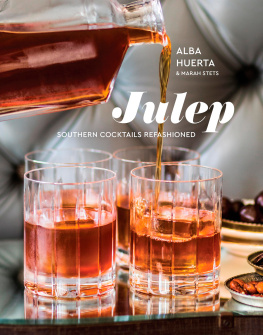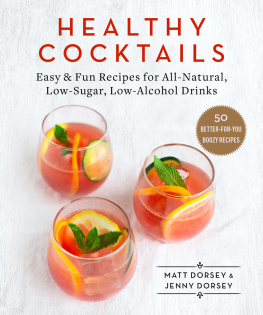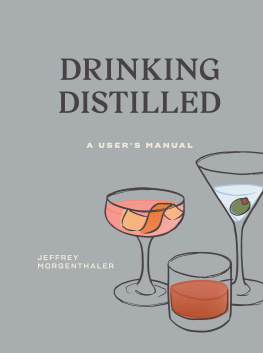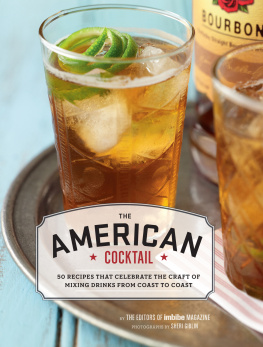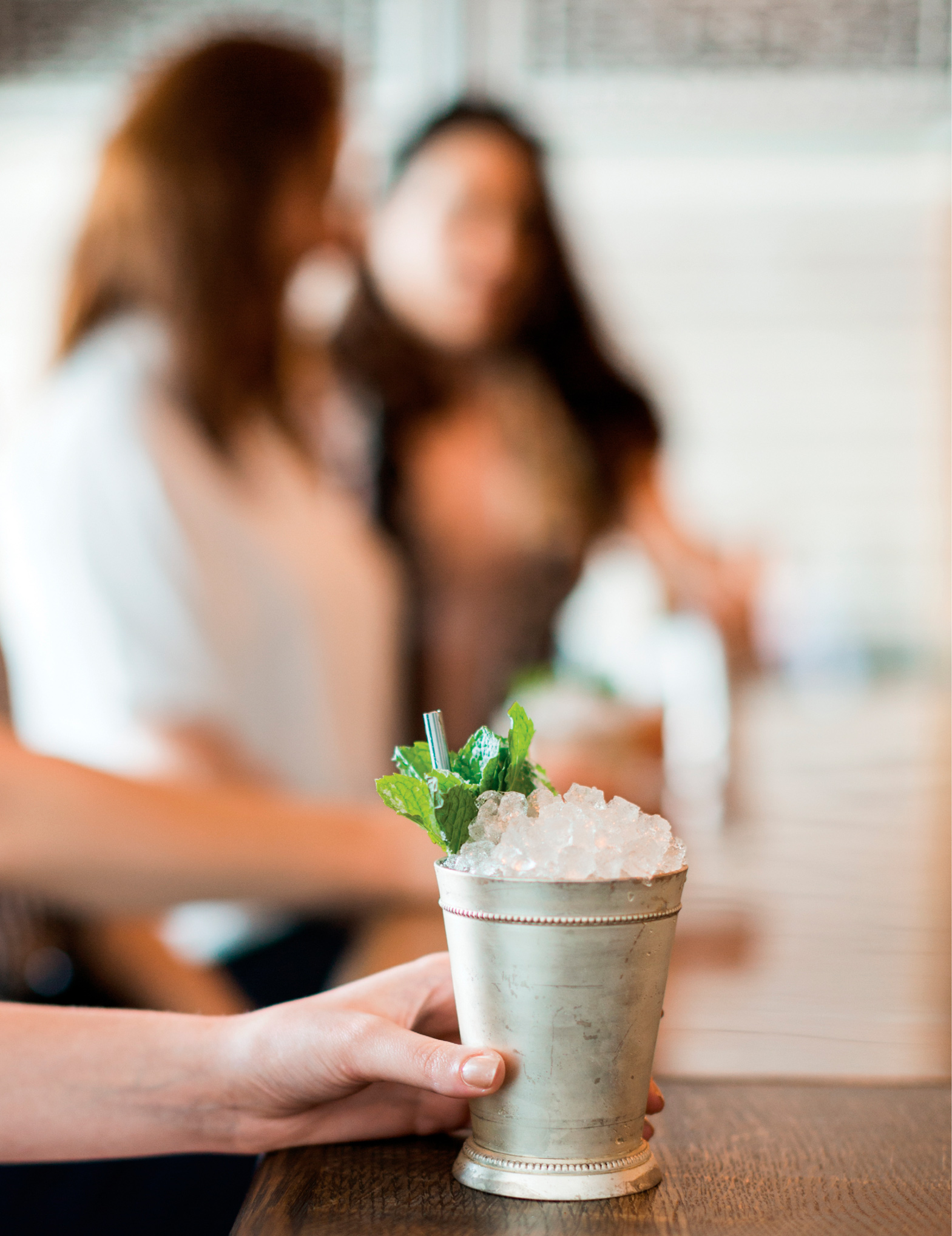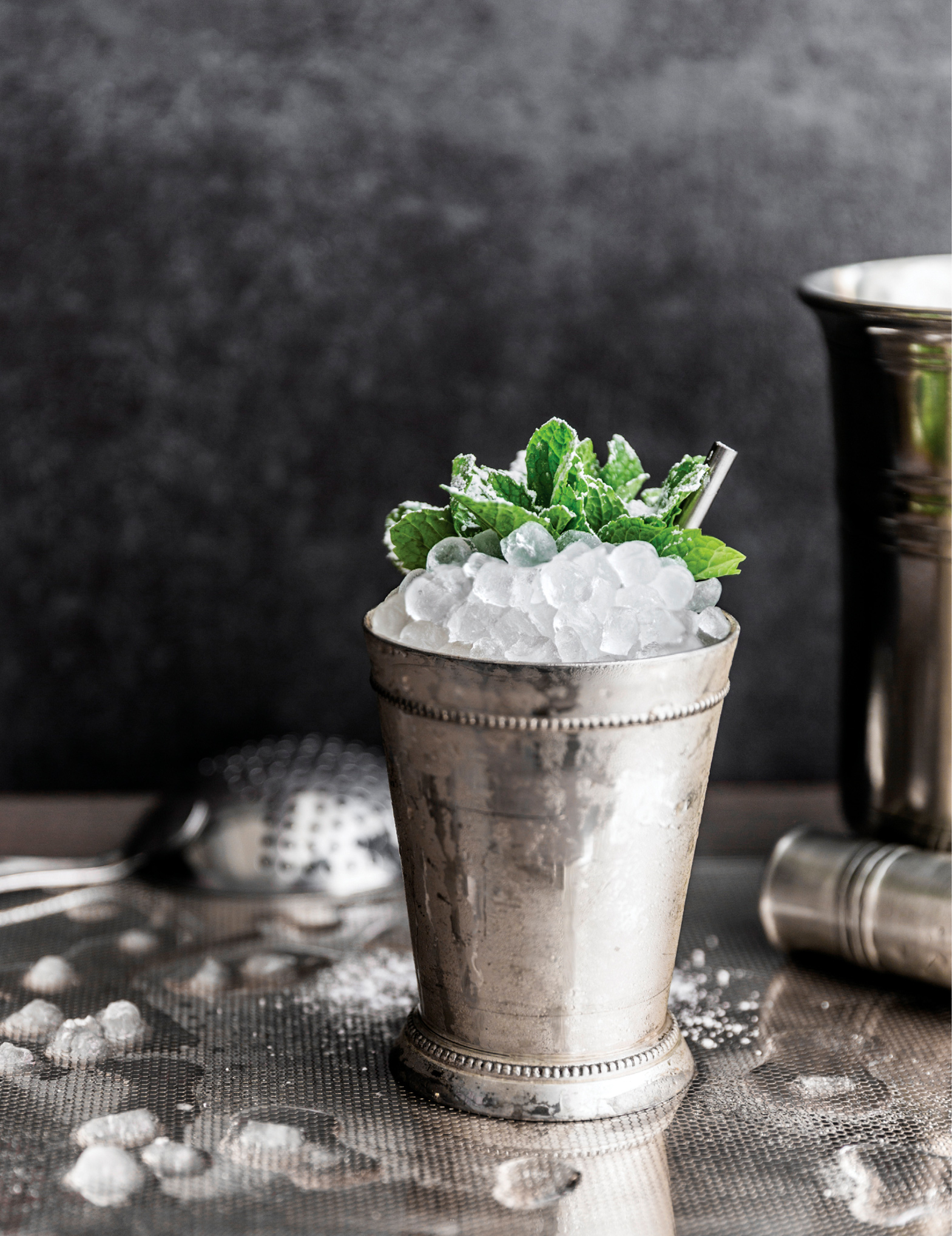Resources
Ingredients and Tools
AIRLINE SEAFOOD
Texas Shell Shock Boil Blend
713-526-2351
ANSON MILLS
Benne seeds and Carolina rice
ansonmills.com
COCKTAIL KINGDOM
Bar tools
cocktailkingdom.com
UMAMI MART
Bar tools
umamimart.com
WEBRESTAURANT STORE
Soda siphons and CO cartridges
webrestaurantstore.com
WECK JARS
Canning Jars
weckjars.com
Other Resources
DAVID WONDRICHS BOOKS ABOUT THE HISTORY OF COCKTAILS
Imbibe! Updated and Revised Edition: From Absinthe Cocktail to Whiskey Smash, a Salute in Stories and Drinks to Professor Jerry Thomas, Pioneer of the American Bar (Tarchenameerigee, 2015)
Punch: The Delights (and Dangers) of the Flowing Bowl (Tarchenameerigee, 2010)
SOUTHERN FOODWAYS ALLIANCE
southernfoodways.org
This organization explores the food cultures of the American South. I especially love Gravy, the quarterly magazine and weekly podcast that they produce (southernfoodways.org/gravy).
FOR INFORMATION ABOUT THE CIVIL WAR
Trading with the Enemy: The Covert Economy During the American Civil War, by Philip Leigh (Westholme, 2014)
About the Authors
Born in Mexico and raised in Texas, Alba Huerta is a proud Mexican-American Houstonian. After her very first job, which was working in a bar, it wasnt long before she was bartending and building expertise as a service professional. Next, she moved to hospitality-focused Las Vegas to refine her service skills, speed, efficiency, and the ability to coordinate and execute a volume of large projects. After a few years, Alba returned to Houston and, in 2011, was recruited to be the general manager of Anvil Bar and Refuge, during which time she helped launch the Houston chapter of the United States Bartenders Guild and became involved in the Tequila Interchange Project. Before opening Julep, Alba partnered on another Houston bar, The Pastry War, a Mezcaleria that reflects her high-quality standards for agave production. In 2014 she opened Julep to a very warm reception. Julep was one of four finalists for Best New American Cocktail Bar at Tales of the Cocktails 2015 Spirited Awards and has been featured in many national publications since, from Garden & Gun to the New York TimesMagazine. Julep was named one of the top five bars in the United States by Bon Apptit in 2015 and one of the twenty-four best bars in America by Esquire in 2017.
Alba was named Bartender of the Year in 2014 by Imbibe magazine and one of Houstons 50 Most Fascinating People by the Houston Chronicle. She has been featured on the cover of Texas Monthly and Southwest Magazine. In 2015, Food & Wine selected her as one of ten rising-star female mixologists and Thrillist chose her as one of the Best Bartenders in America. She was the featured mixologist at the Southern Foodways Alliances 2013 Symposium and again in 2015, after which she was elected to serve as a board member. She was inducted into Tales of the Cocktails Dames Hall of Fame in 2012.
Above all, Alba is known for bringing her passion for quality wine, spirits, and cocktails and her warmth and Southern hospitality to her bars and her profession.
Marah Stets is a New York Timesbestselling writer and editor. She lives in the Washington, D.C., area with her family.
The Juleps

Naturally, I must begin with the Southern cocktail that inspires me so much I named my bar after it. The first julep was not the mint-sugar-bourbon concoction often presented today as the definitive julep. In fact, the earliest juleps, which were mixed in the late 1700s, could include pretty much any spirit. And so there were gin juleps, rum juleps, even madeira juleps. By the mid-1800s, many sources, including Jerry Thomass seminal 1862 book, The Bar-Tenders Guide, asserted that the true Southern julep was mint, sugar, cognac, and peach brandy. What interests me more than the spirits the original julep was made with is the purpose: to mask and mellow bitter remedies, making them easier to ingest. This is implied in the etymology of the word julep. It comes from the Persian golab, or rose water, an aromatic distillation of rose petals and water used as a medicine, cosmetic, and flavoring in food and drink. The julep was not incidental to medical care but was in fact a trusted treatmentone of many ways the history of alcohol intersects with the history of medicine. By the nineteenth century, the julep began to appear in books as a proper social drink.
The reason the julep became consistently associated with whiskey, especially bourbon, has a lot to do with the state of the American South a century and a half ago. Jerry Thomas wrote that the julep in the Southern states is more popular than any other [drink]. However, one year into the Civil War nobody in the South was writing much on the topic of social drinking. And a cocktail of this kind would have been inaccessible for ordinary citizens. This most Southern of beverages was the drink of only the very rich. They alone could afford something so lavish, which depended on a reliable supply of ice (more expensive than milk and much more difficult to store) and lots of cognac and peach brandy. Ice was rarely available beyond the limits of the prosperous port cities. And all those elegant sterling silver cups certainly denote luxury.
The sure path to guarantee that something becomes a highly desirable status symbol is for it to be nearly impossible to acquire. And this may be what led to bourbon becoming so linked to the julep. Bourbon was accessible to people no matter their social or economic status. It was even used as currency, with its long shelf life likely making it a solid investment. These developments may have accelerated the use and prominence of bourbon in julep making. An unadulterated bourbon julep is so balanced and enjoyable that its no wonder it has held sway over so many for so long. However, I dont want to detract from the other delectable ways to interpret the cocktail. Here are seven of my best juleps.
Mint Julep
Barware Julep cup + straw Serving Ice Crushed
When Im working out the formula for a cocktailwhether its an original or our version of a classicI consider how the rate of dilution will affect the drinkability of that cocktail as it sits. With the julep, served with crushed ice and most often consumed during warm and humid months, I presume there will be a substantial amount of dilution over the time it takes to sip the drink. Its important that the drink be delicious from first to last sip. The trick is to make sure that the alcohol content (the strength of the drink) is sufficient to stand up to that dilution over time but not so strong that it knocks the drinker over the head and makes it unwise to consider having a second. The ideal spirit for this julep is a mid-80s- to 90-proof bourbon. A straight 80 proof might drink well for the first few minutes, but as the ice begins to melt it will quickly become too diluted to be enjoyable. And a 100-proof bourbon has too much kick up front, so it risks dulling the taste buds (and diminishes the drinkers ability to consume more than one).

